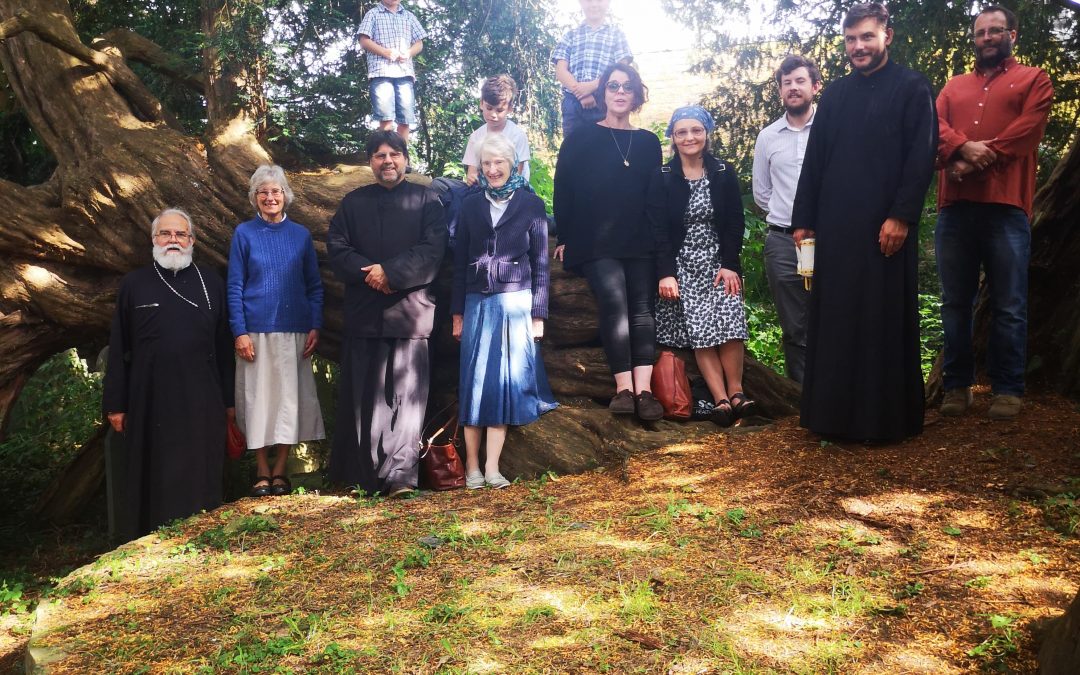

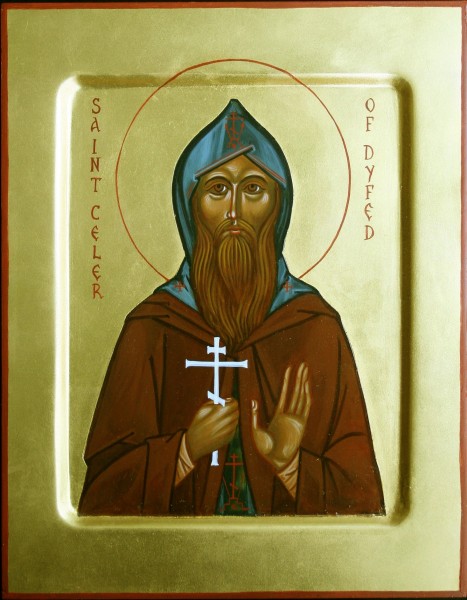
Icon of St Celer
Our latest acquisition; we have been entrusted with an Icon of St Celer (by the hand of Fr Vladamir Lysak).
Little is known of the life of St Celer, a hermit and martyr who, in the second half of the seventh century, lived in the woods and caves surrounding the healing well. A chapel dedicated to the Mother of God stood over the well. Only a few stones now remain of this chapel, and several very old yew trees. People from all over Wales came on pilgrimage to receive counsel from the holy hermit, to pray and seek healing from the waters of the well. This pilgrimage continued after the death of St Celer. In the Middle Ages, and well into the eighteenth century, a ‘Saint Celer Fair’ was held there from 21 June (date of the repose of the saint) to 29 June (Sts Peter and Paul) and was renowned throughout Wales. Crutches and mementos were left by the well, testyifying to graces received.
Saint Emily of Caesarea, the mother of Saints, (330-375, May 30)
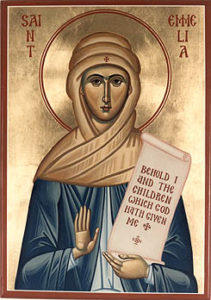
There are precious few descriptions of Saint Emily’s life. She was the daughter of a martyr and the daughter-in-law of Macrina the Elder. Along with her husband Basil the Elder, she gave birth to ten children. She instilled the Orthodox faith in her children, teaching them to pray and devote their lives to the service of the Church. As a result of her zealous yet maternal instruction of her children, five of them are commemorated as saints on the calendar of the Church: Saints Macrina, Basil, Peter of Sebaste, Gregory of Nyssa, and Theosebia, a deaconess. Therefore, Saint Emily is often called without exaggeration “the mother of saints.”
O Holy Saint Emily, mother of Saints, ye that stand before the throne of the Most High, intercede fervently for our souls.
Holy Apostle Aristobulus of the Seventy, Bishop of Britain.
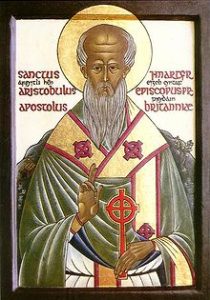
Saint Aristobulus, the brother of Saint Barnabas is called the Apostle of Britain and was its first bishop. He was ordained and sent to Britain by the Apostle Paul who mentions him in his epistle to the Romans (16:10). He endured the torments and malice of the pagans, eventually baptising them, and having established the Church here he reposed in peace.
O Holy Apostle Aristobulus, intercede to our merciful God, that He may grant our souls forgiveness of sins.
Blessing of the icon of St Cybi
Holywell Pilgrimage for St. Winefride 2017
Stories of the Saints
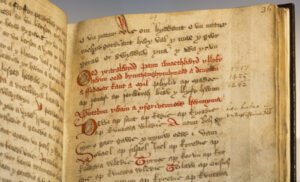 Saturday 3 June 2017, 10.30–4.00
Saturday 3 June 2017, 10.30–4.00
Drwm, National Library of Wales
This day conference presents the research from a four-year project editing Welsh Lives, poetry and genealogies of saints in Wales, and launches a new research project on the Latin Lives of Welsh saints.
Speakers: J. Wyn Evans, Ann Parry Owen, Paul Russell, David Parsons.
Alaw Mai Edwards, Jenny Day, Martin Crampin
Talks in Welsh and English, simultaneous English translation available
To register please contact Angharad Elias
Chwedlau’r Llan: Seintiau o Benfro i’r Fflint
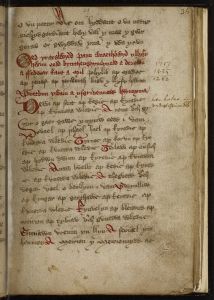
Chwedlau’r Llan: Seintiau o Benfro i’r Fflint
Ar Ddydd Gŵyl Dewi cofiwn y rhan sylfaenol a chwaraeodd moliant y seintiau yng nghymdeithas Cymru cyn y Diwygiad Protestannaidd. Bydd y sgwrs hon gan Dr David Parsons yn trafod testunau Cymraeg yr Oesoedd Canol ynglŷn â’r seintiau, ac yn archwilio’r cysylltiad cryf gyda llefydd ac ardaloedd penodol.
*** Mynediad am ddim drwy docyn. ***
On St David’s Day we are reminded that the veneration of saints played a central part in pre-Reformation Welsh society. This talk given by Dr David Parsons discusses medieval Welsh-language texts about saints, and examines their strong relationship with particular places and regions.
*** Free admission by ticket. ***
*** Event held in Welsh with simultaneous translation. ***
Llyfrgell Genedlaethol Cymru / The National Library of Wales, Ceredigion on Wednesday 1 March 2017
Doors Open at 12:45PM
From 1:15PM to 2:15PM
Ticket Price:£0.00
Box Office: (01970) 632 548

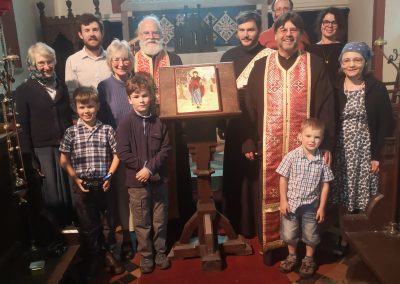
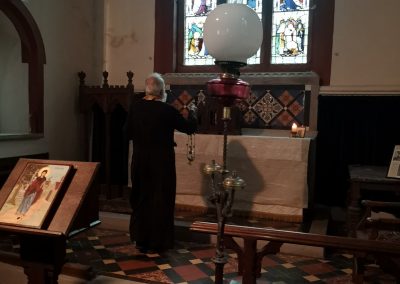
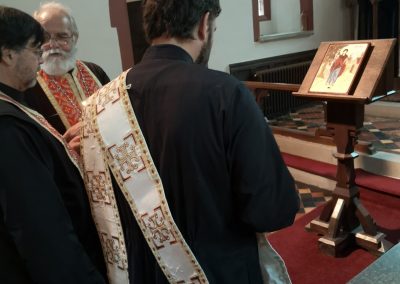

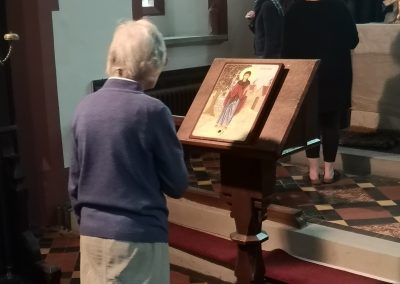
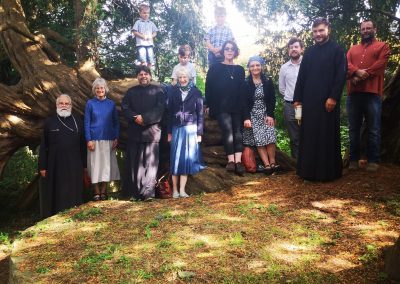
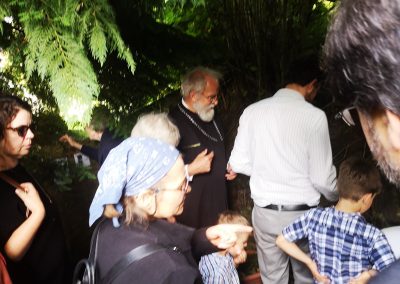
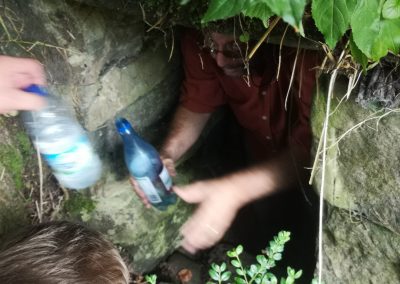
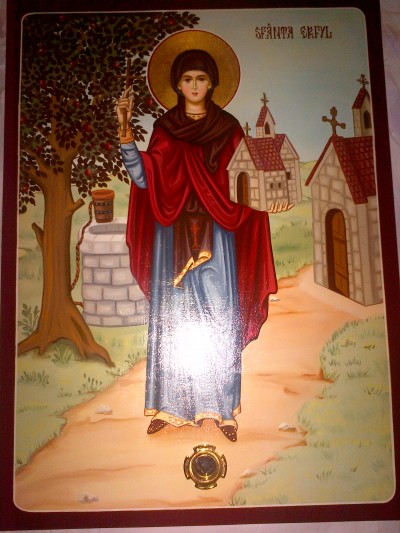
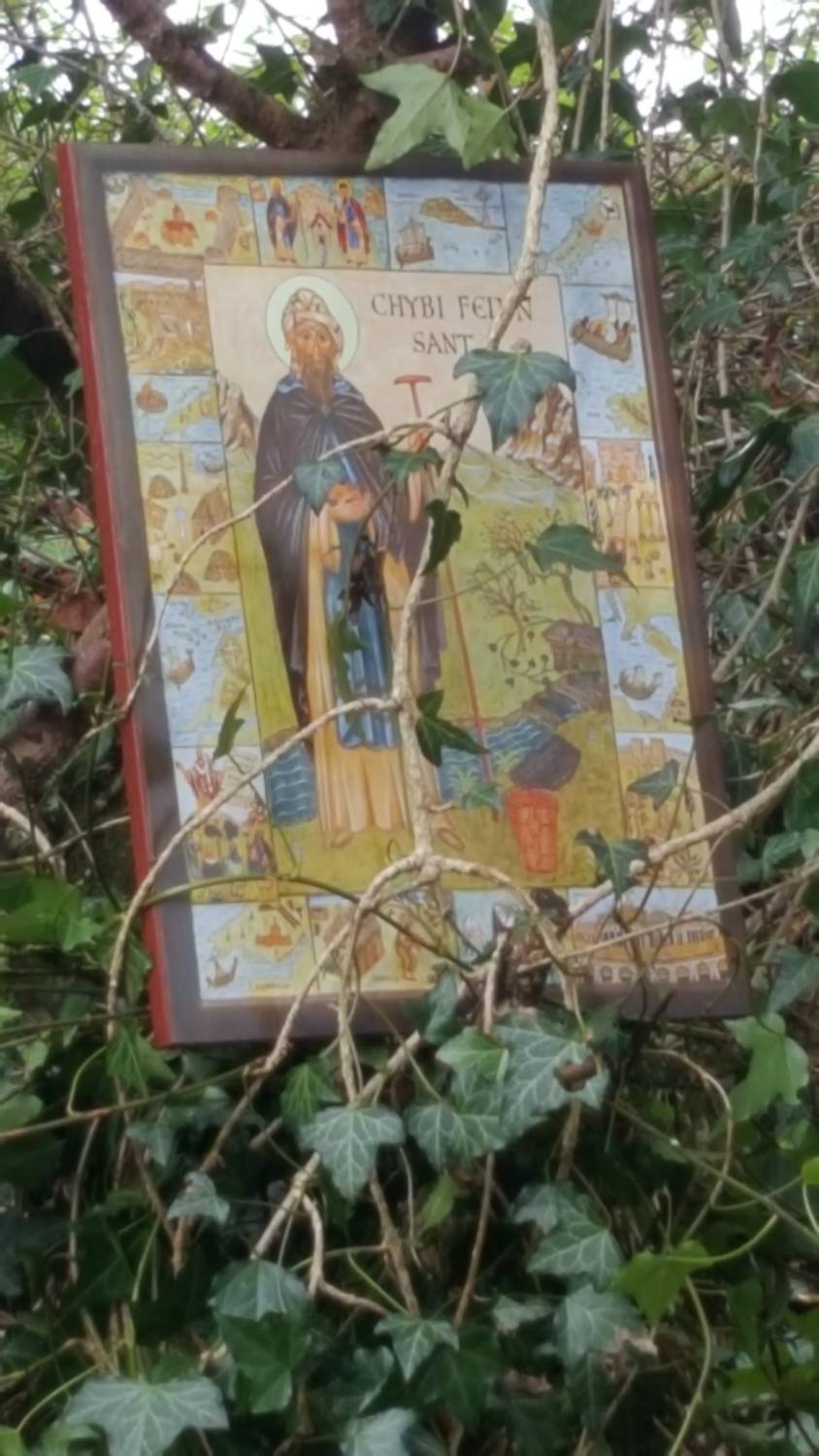

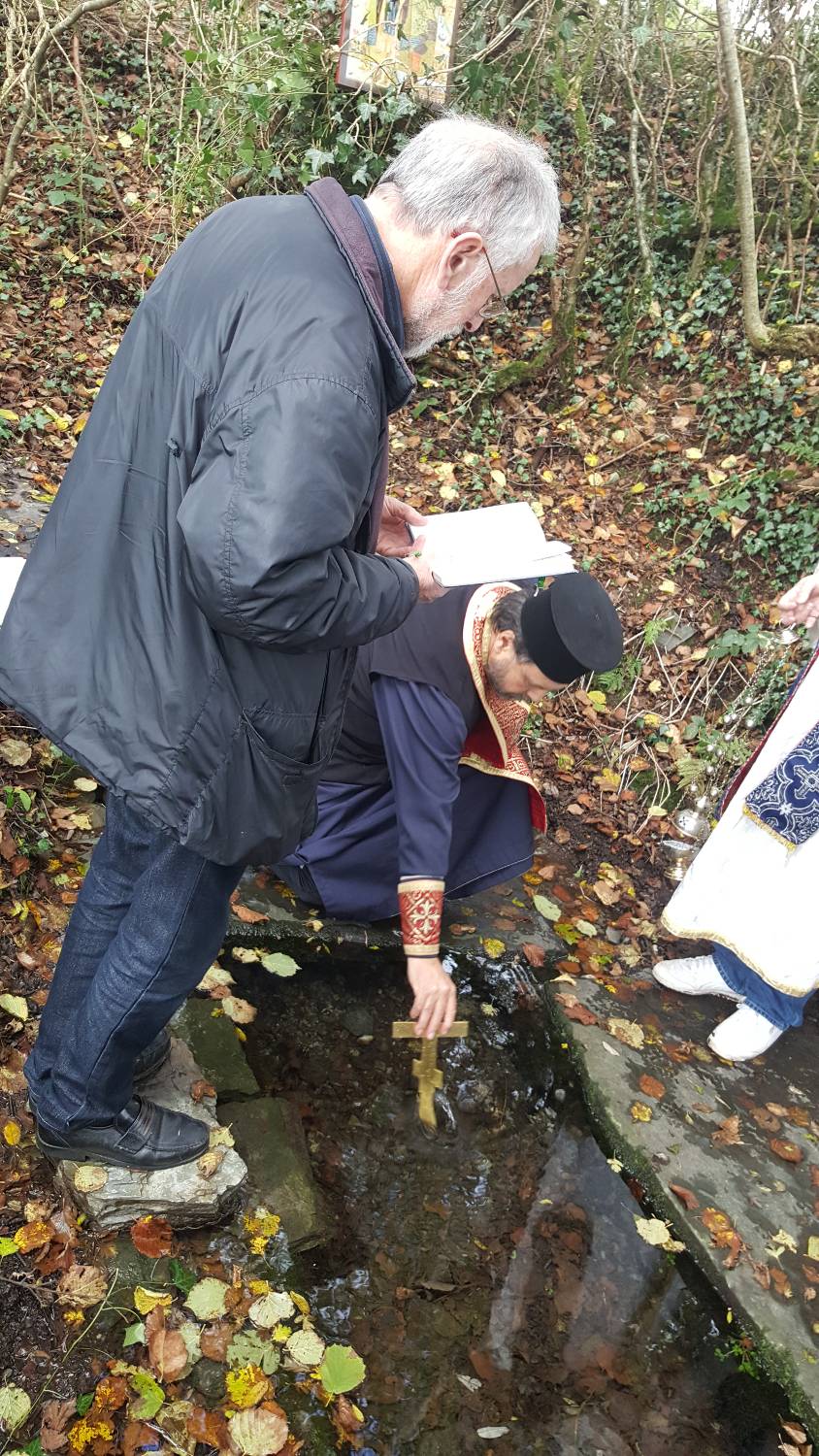

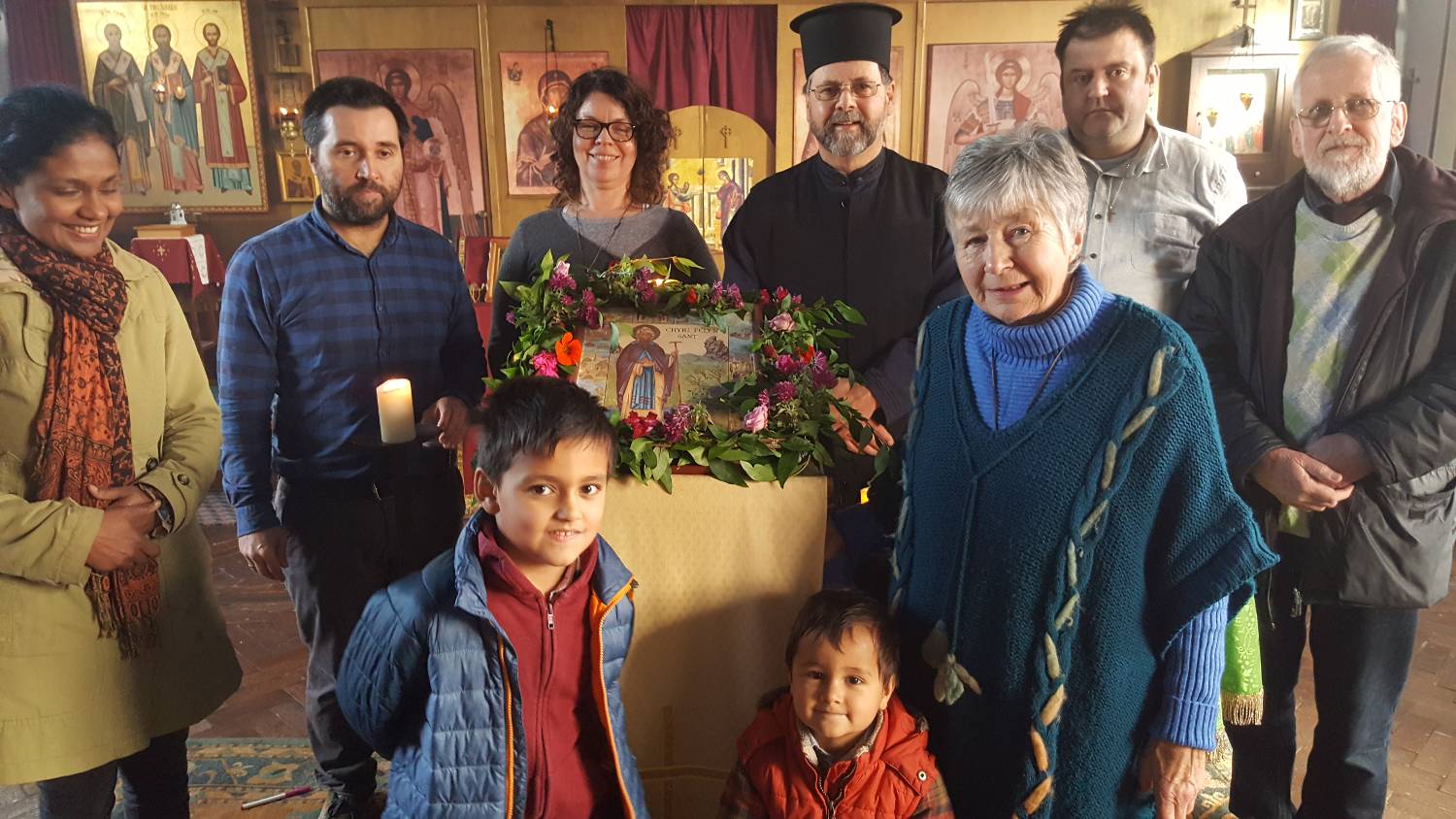

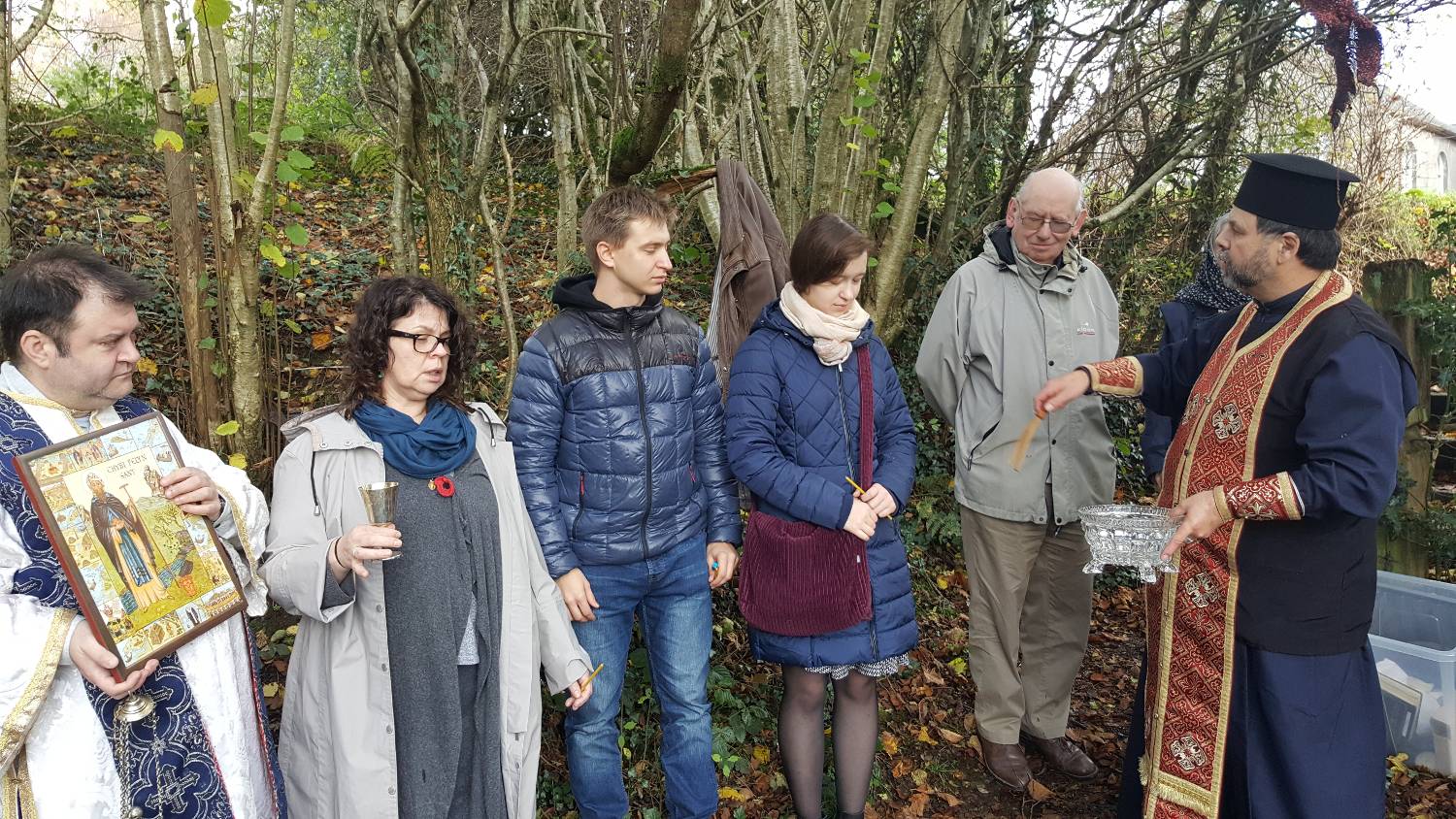
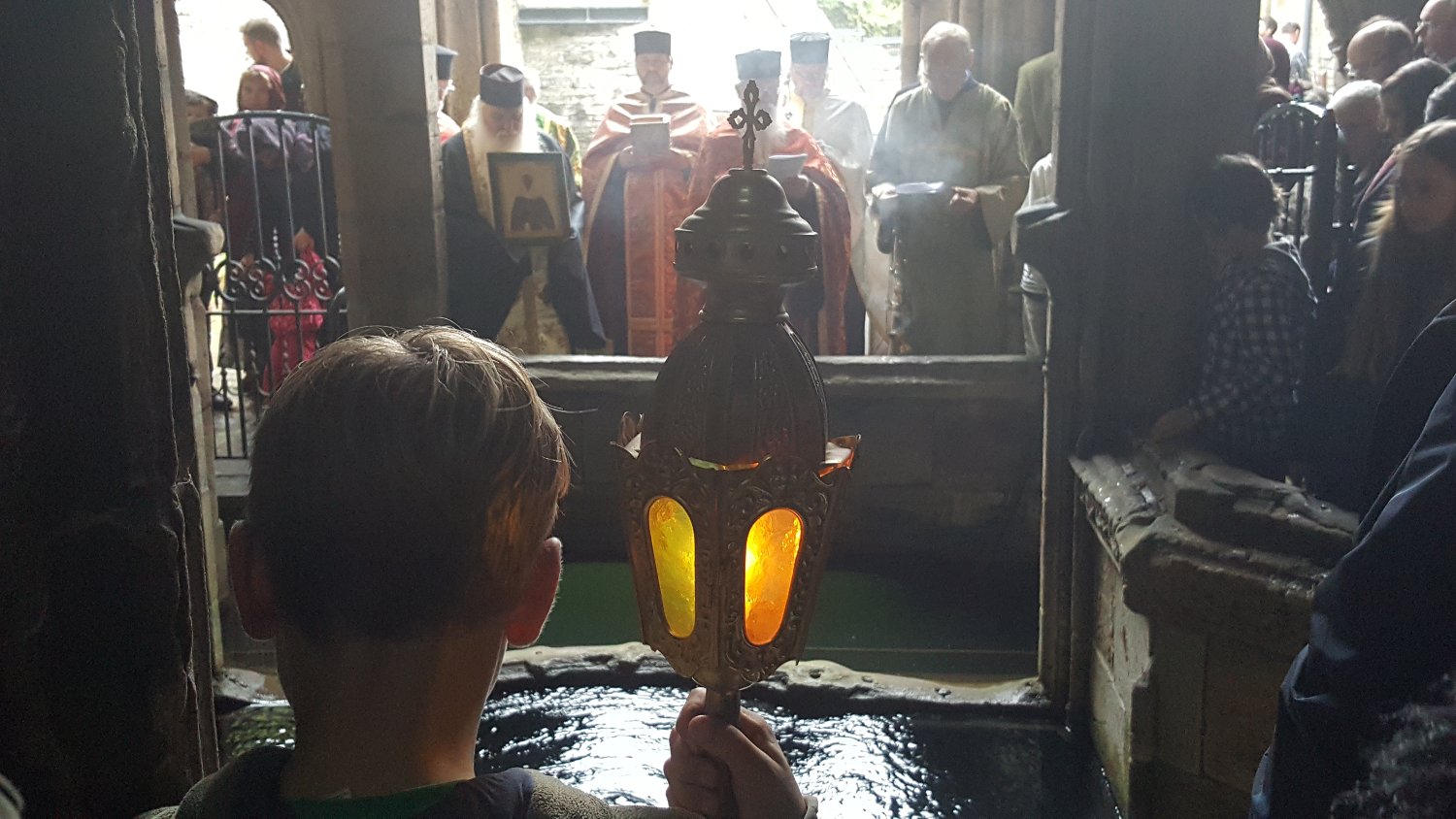
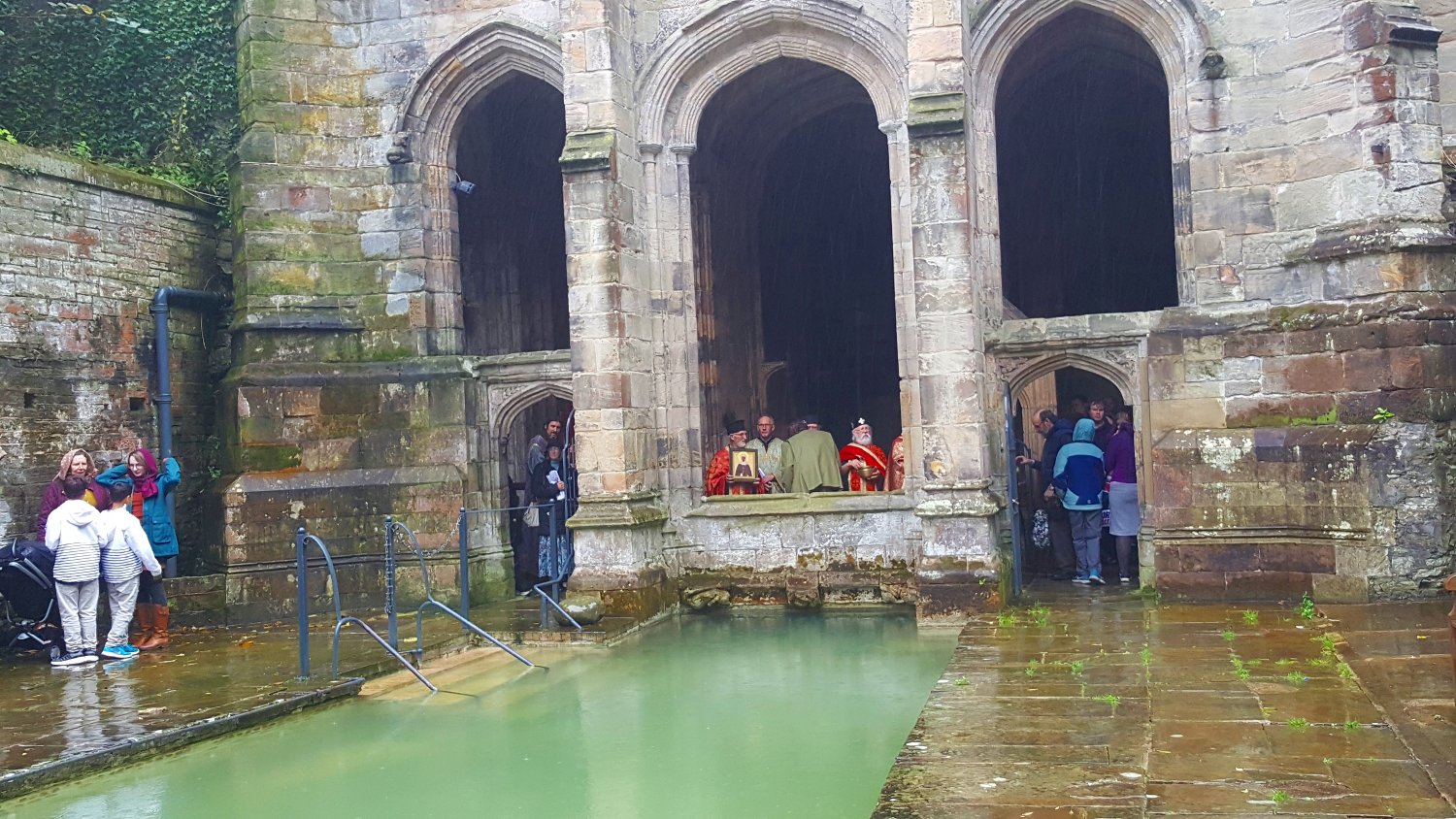
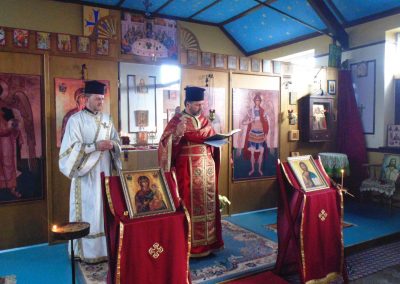
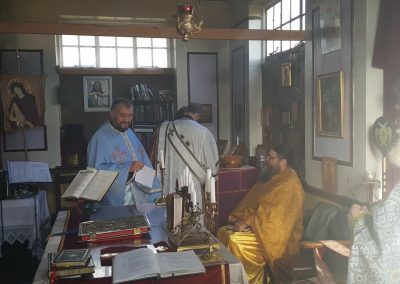
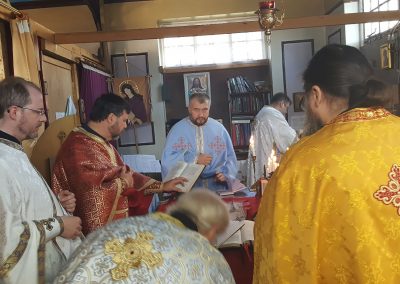
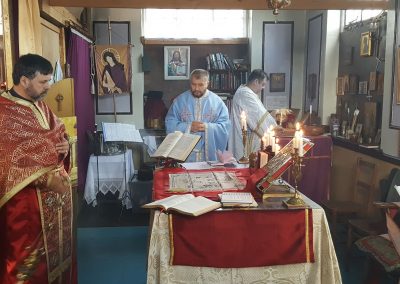
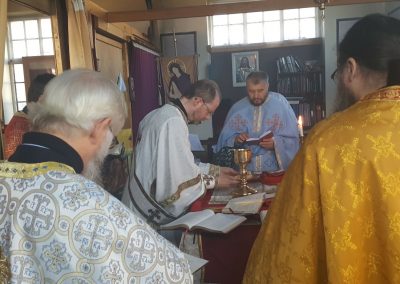
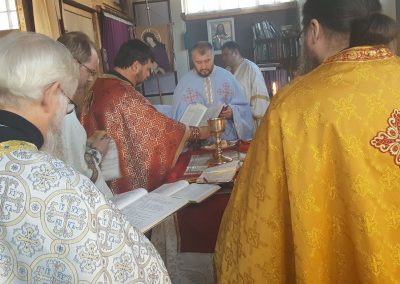
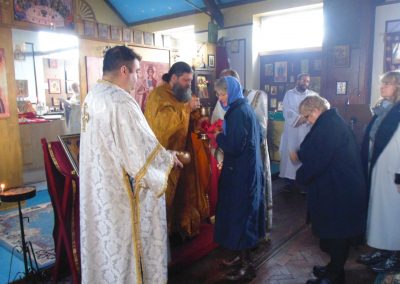
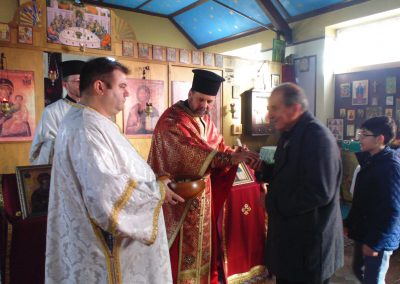

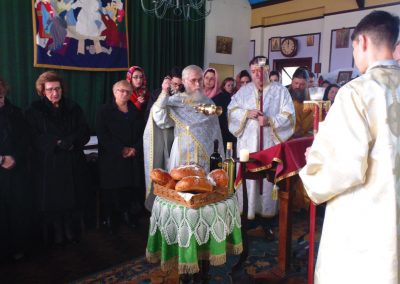
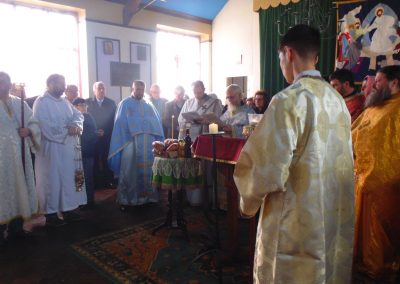
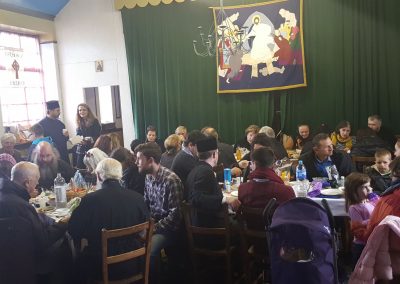
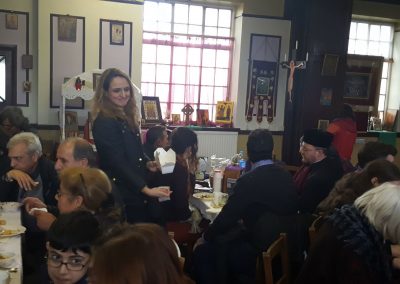
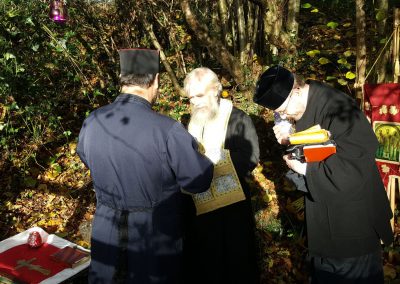
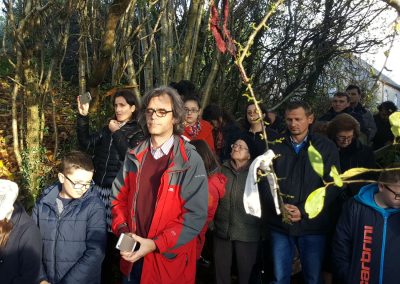
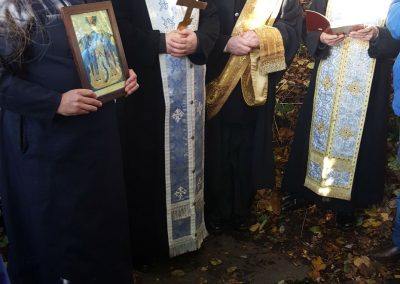
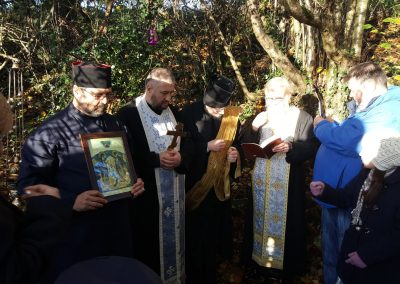
Recent Comments